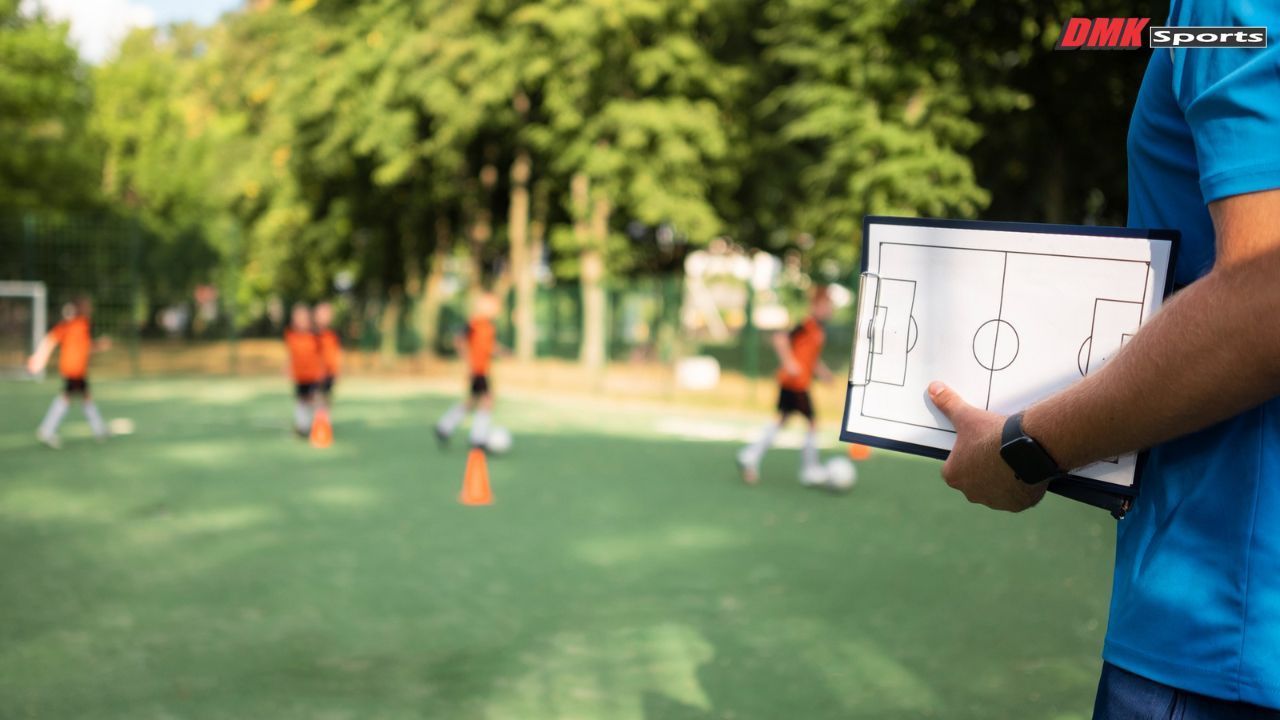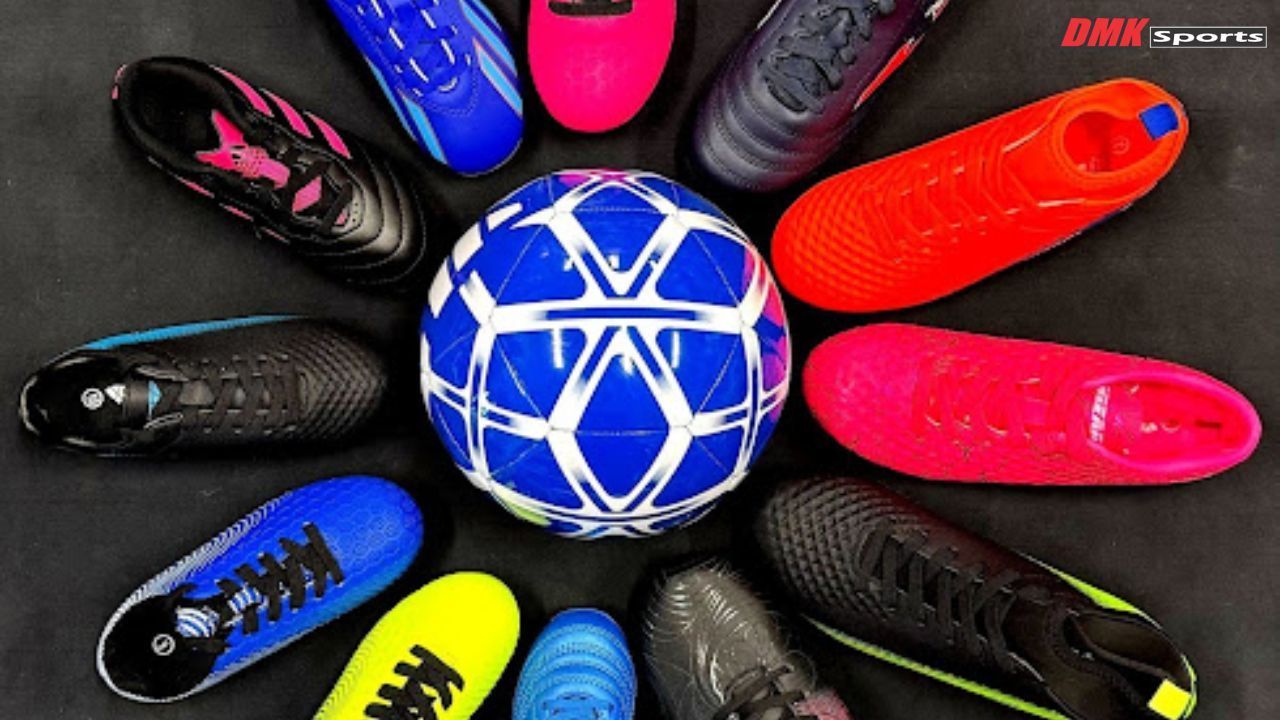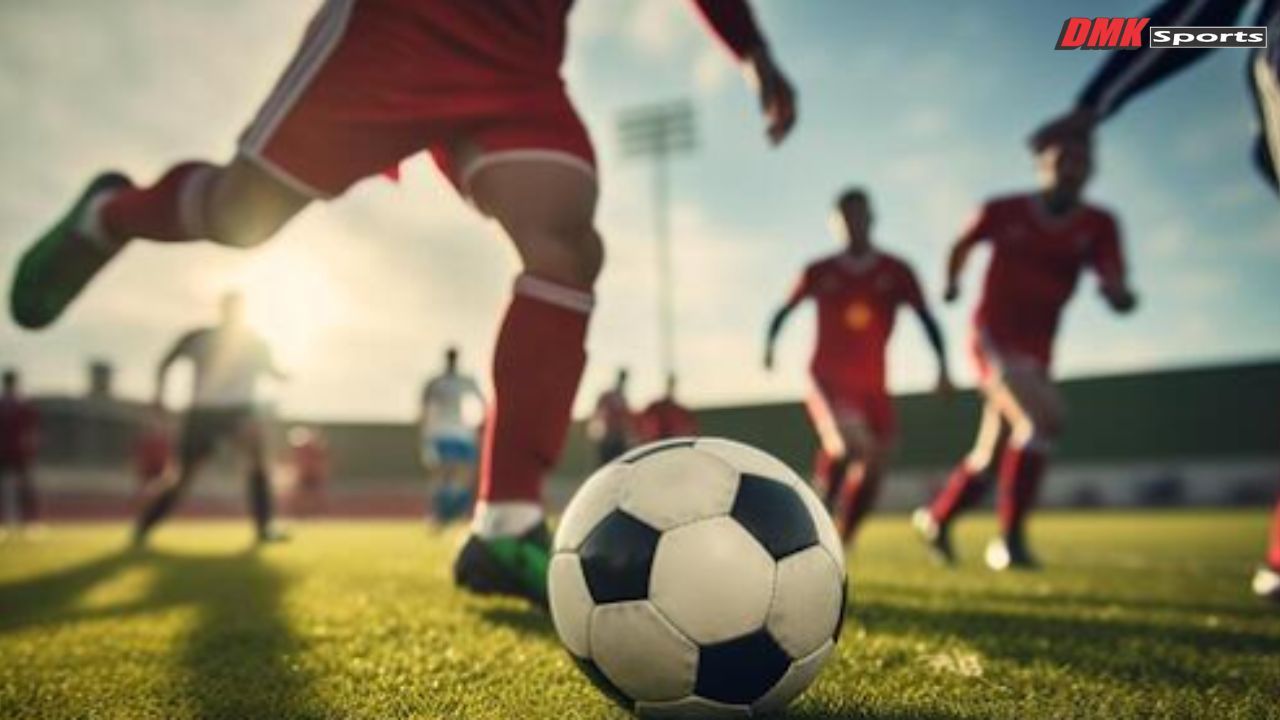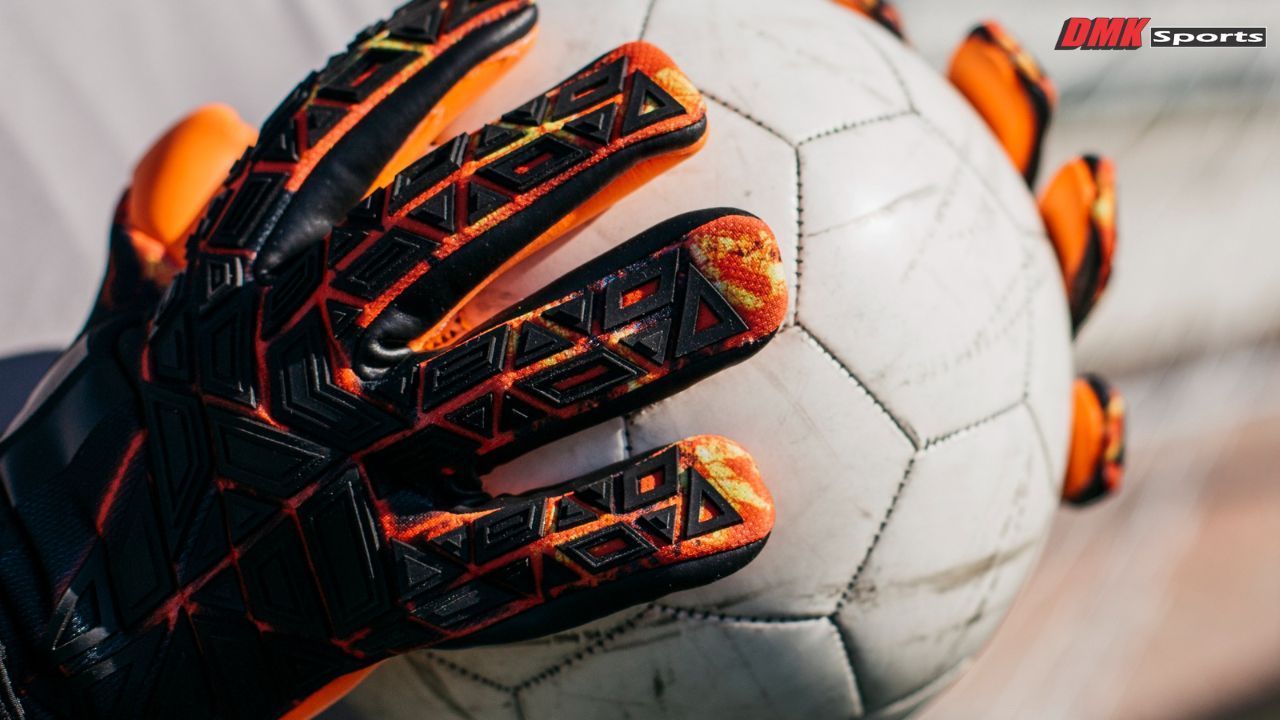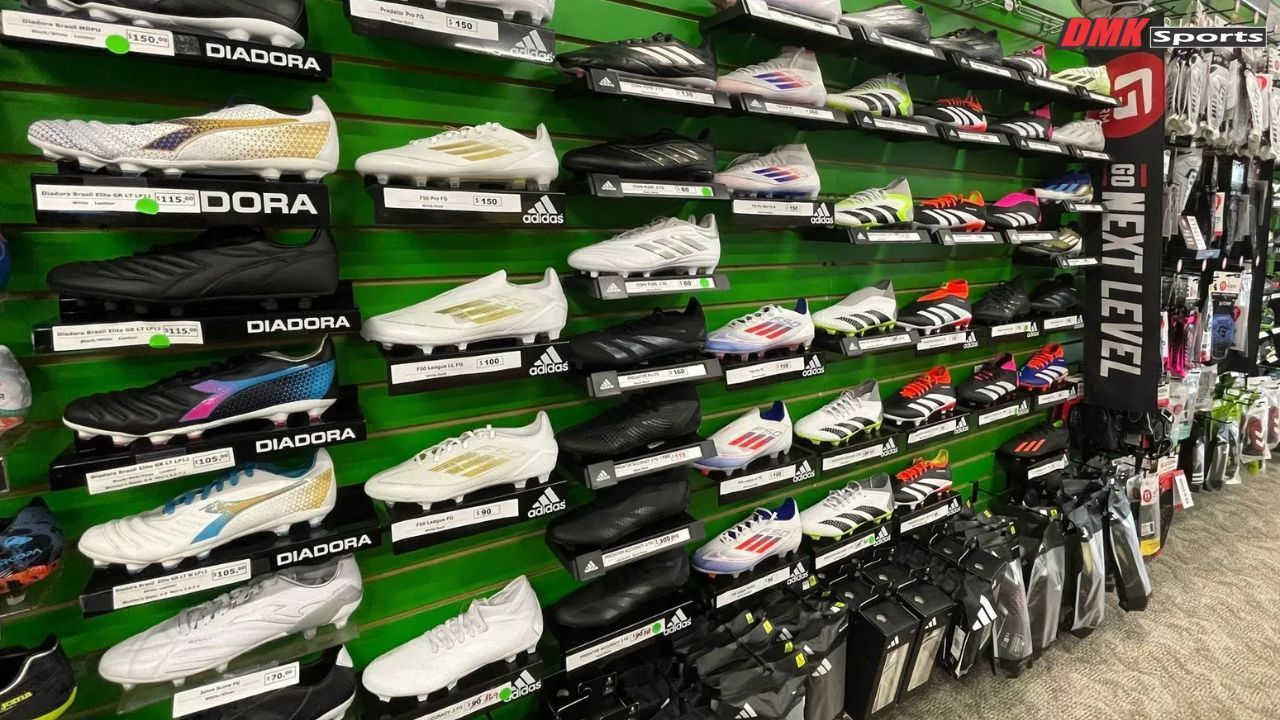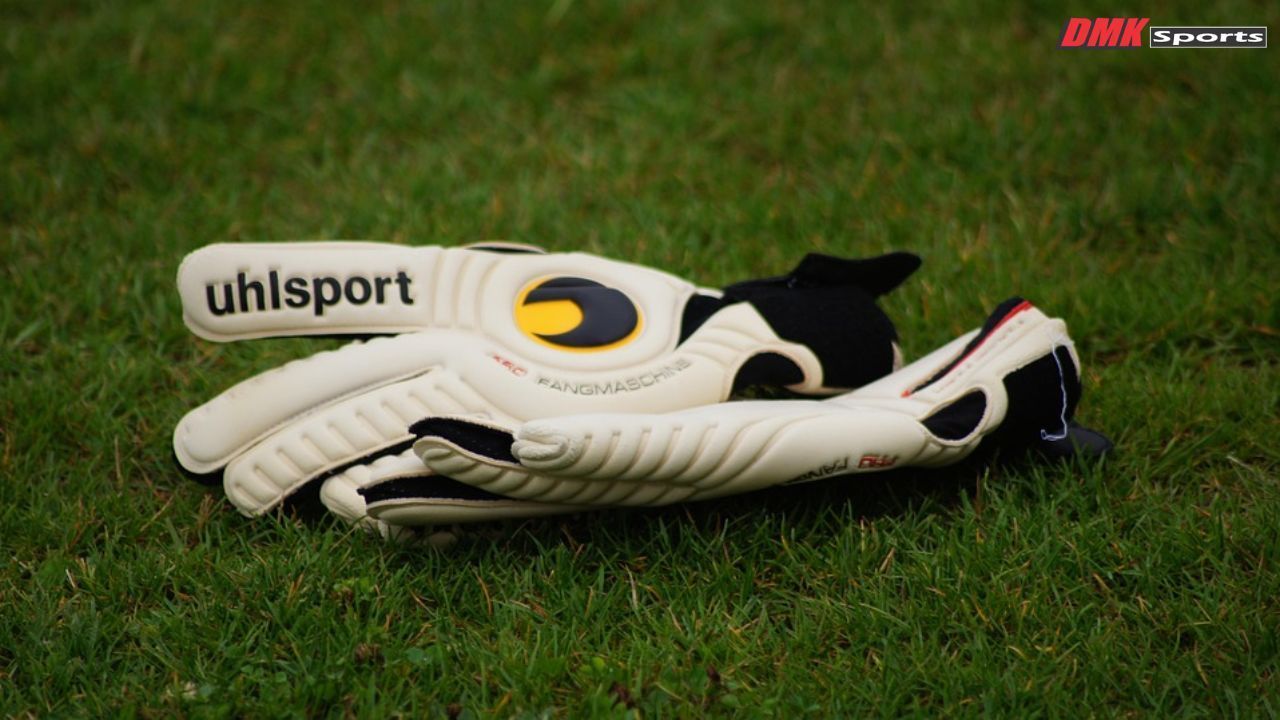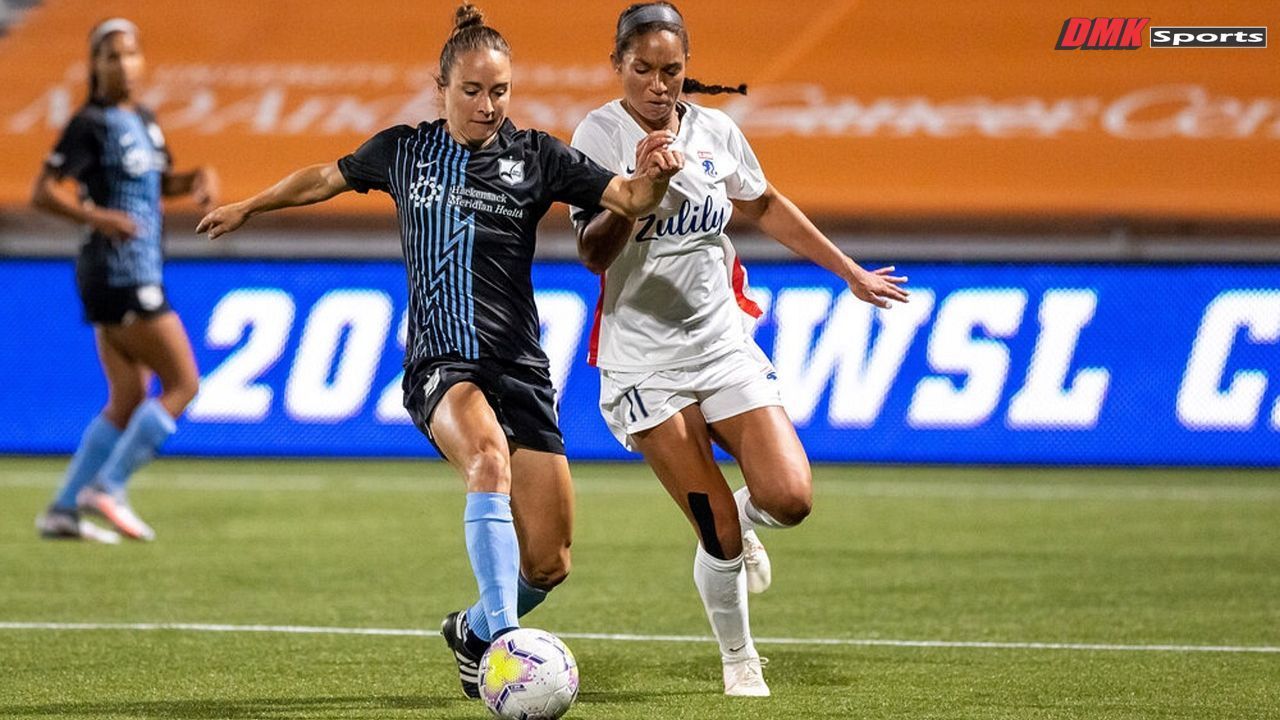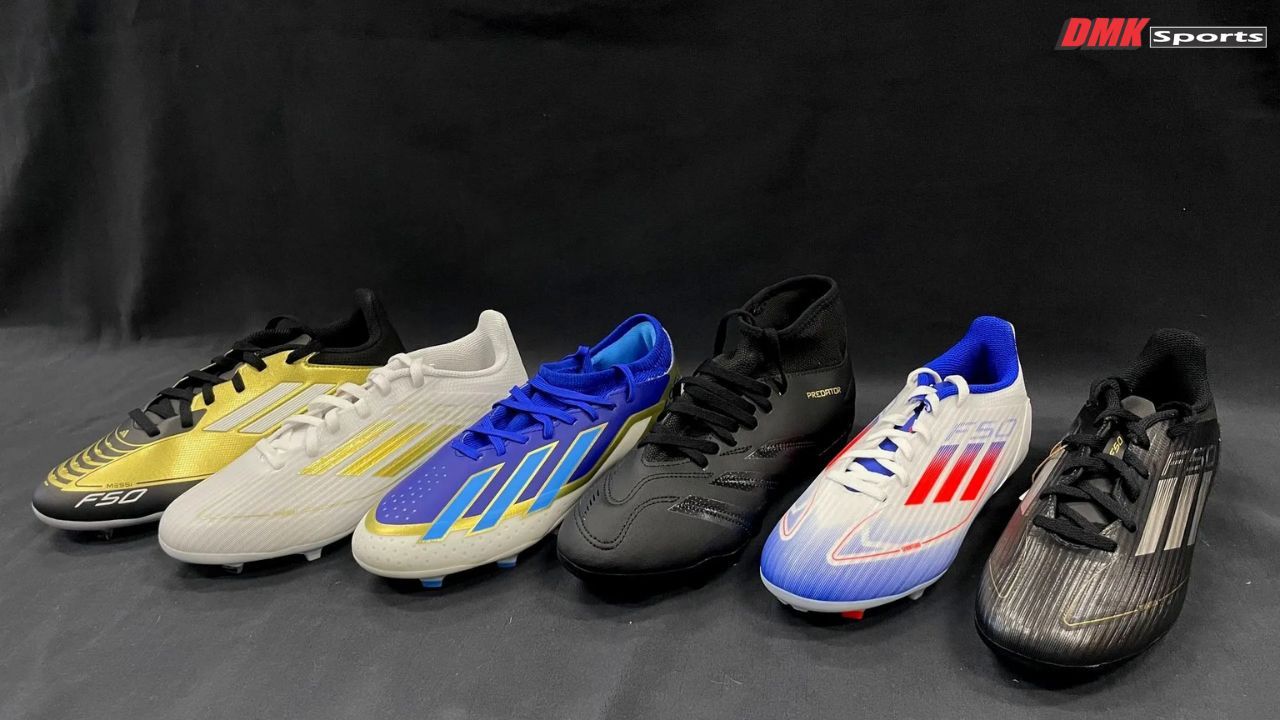Can You Use Soccer Cleats for Football? What to Know Before You Try
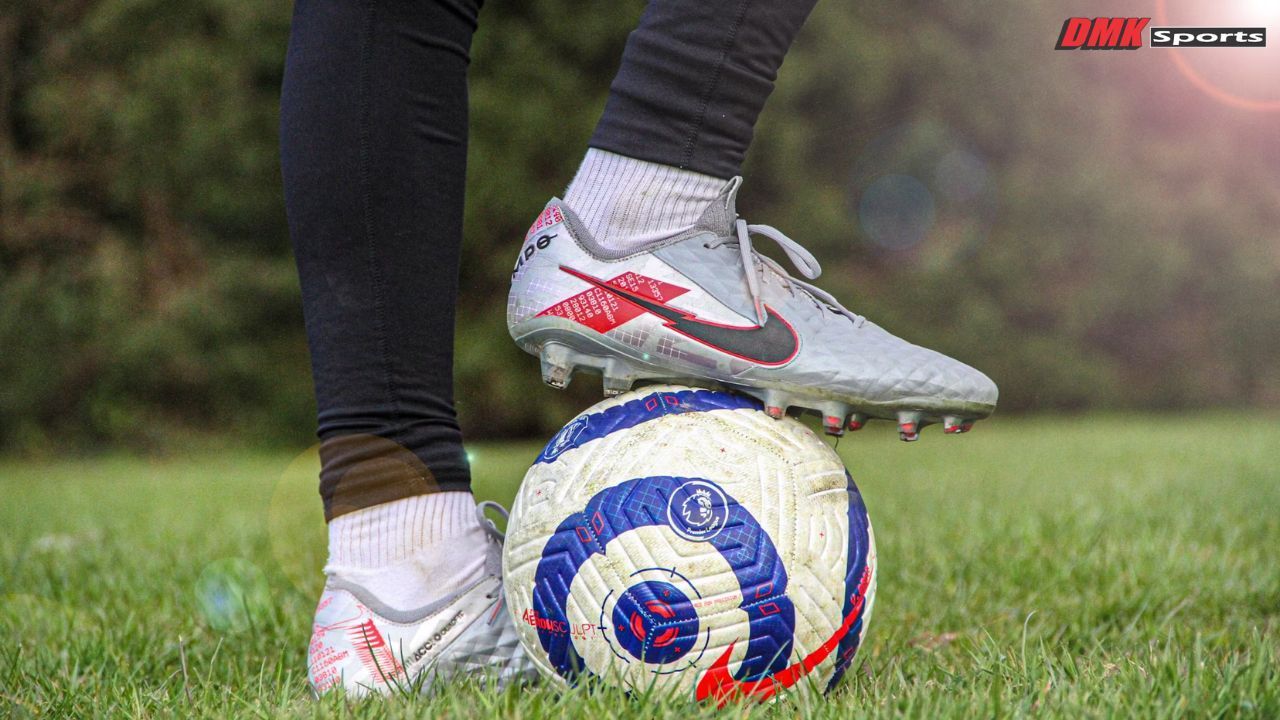
You’ve got a pair of soccer cleats ready to go, and out of curiosity, someone asks if you can wear them for football as well.
We’ve all been there. At first glance, they seem similar. But under the surface, a few key details make all the difference.
Let’s explore what sets soccer cleats or youth cleats apart from football cleats, whether they work for football, and when it might actually be okay.
What’s the Difference Between Soccer and Football Cleats?
To start with, soccer cleats are built for especially one thing, and that would be footwork. Think fast cuts, accurate kicks, and non-stop motion. At the same time, football cleats are more made for power, sudden stops, and explosive starts.
One of the biggest physical differences between soccer and football cleats lies in that small cleat right under the toe in football shoes. It’s not in soccer cleats. This part of football cleats helps players push off faster, especially at the snap. Soccer cleats skip this feature to keep ball control smooth and safe.
On one hand, soccer cleats are usually low-cut, as players need flexibility to move freely. On the other hand, football cleats come in low, mid, and high cuts. That added ankle support in cleats can help with side moves, blocks, and contact.
How Soccer Cleats Perform on a Football Field
Soccer cleats work great on grassy fields. They grip the ground in all directions. That’s perfect for soccer's flowing style. However, football is different.
Football players need to burst forward, pivot, and hold their ground in quick plays. Soccer cleats don’t always provide the kind of grip you need for that.
Also, soccer cleats are light and thin. That’s awesome for touch and speed, but not so great when someone steps on your foot in a pile-up. Football cleats have tougher materials and are built for hits.
Is It Ever Okay to Use Soccer Cleats in Football?
Surprisingly, yes. In some cases, soccer cleats can be a decent option, provided that you're careful. Here are the ideal scenarios for this possibility:
Youth Football
Kids just starting out don’t always need fancy gear. The game is slower with less contact, so that they can push off purchasing football cleats for youth until they advance in the game. If your child already has soccer cleats and wants to try football, they can work for casual practice or low-contact play.
Kickers and Punters
Here’s where soccer cleats shine. Many kickers and punters in football prefer them. They offer great feel and control when striking the ball. And since these players aren’t involved in heavy contact, the lighter build isn’t a problem.
Temporary Use
Forgot your cleats? Lost a pair before practice? Sure, you can use soccer cleats or youth cleats (as relevant to your age) as a backup. But not for long. The fit and function just don’t match football’s demands.
Who Should Never Use Soccer Cleats?
Let’s break this complication down by position:
Linemen
If you’re on the line, don’t even think about it. You need strong grip, a toe cleat, and serious ankle support. Soccer cleats just can’t take the physical work in football long term.
Running Backs and Linebackers
These positions need power and fast reaction time. Soccer cleats might slow you down or throw off your balance. You need cleats that handle lateral movement and hits.
Receivers and Defensive Backs
Here, it’s a little tricky. Speed matters a lot. Some might like the lighter feel of a soccer cleat. But the lack of ankle support and toe traction could cause slips or injury.
Why Soccer Cleats Can Be Risky in Football
Using the wrong cleats can mess up more than your game. Here’s what you must remember:
1. Less Traction Means Slower Starts
Without that front toe cleat, you lose some power when pushing off. That’s big in football, especially during the first second of a play.
2. More Injury Risk
Football has sharp turns, side hits, and hard contact. Soccer cleats aren’t built to support your foot through that. Twists, turf toe, or rolled ankles can happen more easily, that football cleats for youth or adults can prevent.
3. They Wear Down Faster
Football is rough. Soccer cleats might rip or break down in just a few games if you’re playing tackle or high-contact positions.
Rules and Regulations
Not always. Some leagues have strict equipment rules. Football leagues may say no to cleats that are missing toe studs or cleats that are not designed for football. Always check with your coach or league handbook first.
Using the wrong cleats in a game might not only be unsafe, it could also lead to warnings—or even get you benched.
Best Cleat Options If You Play Both Sports
If you do switch between soccer and football often, here’s what we recommend:
Multi-Sport Cleats
Some brands make cleats that work for both sports. They’re not perfect, but they’re better than using pure soccer cleats in full-contact football.
Low-Cut Football Cleats
These can offer a similar feel to soccer cleats but with the structure and support that football demands.
Extra Cleats for Kickers
If you kick or punt, keep a pair of soccer cleats in your bag. You’ll get the best of both worlds, a feel for the ball and protection for your foot.
Final Word: Think Long-Term, Play Smart
You can plan to use soccer cleats for football, but only in certain roles or short-term situations. If you're serious about football, get cleats that are specifically made for football. You’ll feel more stable. You’ll stay safer and play better.
Even if the two types of cleats seem close, the details matter and differences are obvious. The right cleats can easily switch the game from a great play to a bad injury if you’re not careful. Stay safe, choose the right pair of cleats, and play efficiently!
DMK Sports is the best soccer store in all of Rhode Island. Being a family-owned store, the staff is passionate and knowledgeable about soccer and will give you all the assistance that you need to pick the right pair.
Related Posts:
